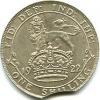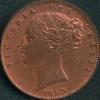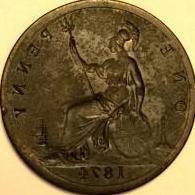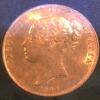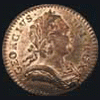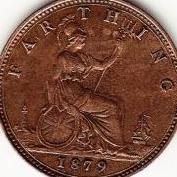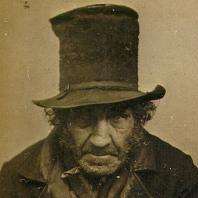You are asking all the right questions!!!
This is one of those questions that will result in a different response depending on who you speak to. For many of the purists such things would not get included in a list of varieties, and it is with good reason, because as Rob Pearce often says you can end up doing a die study if you are not careful and in reality a die study of one date of Victorian farthing would be a quite boring task and would not really fascinate many people. However many people do often get interested in varieties for numerous reasons and the problem then starts when you try to decide upon a set of boundaries for inclusion/exclusion.
Design types - are generally accepted as being "intentional" changes in design for numerous reasons (change of monarch, periodic updates, change in design etc) and these can be quite clearly defined although there are some of these that are questionable (as previously mentioned I am still not convinced that the changes to the bronze farthing between Reverse C and D were intentional and are nothing more than the result of polishing of a master die/hub....still mulling this one over.
Matrix/master die varieties - Very often/assumed to be unintentional features that repeat over a number of working dies as a result, and are an area where I think there is some merit in study. The stop after F:D shown above is one example. It is my opinion that depending on how the design was put together legend first/bust second or vice versa then a change in legend at this point occurs. This can be determined by noticing that patterns do occur across certain Obverse types and dates, however this can be further complicated by some die sinkers touching up this aspect on some individual working dies. Examples can be found with a single upper stop, a full upper stop and a partial lower stop (assumed to occur when the legend was applied first), or a full colon which almost cuts into the back of the bust (assumed to be due to the fact that the bust was applied first).
Another example would be the 1839 farthing where a set combination of legend dots and prong numbers is encountered, which does not indicate progressive die wear (because farthings at stages in between would be encountered), but more an issue when the working die was taken from a master die or when a master die was struck from a matrix.
Working die varieties - A variety that occurs on a single working die and as a result can still repeat across numerous coins but is limited to a specific die and therefore date. This is the awkward category because you can often get issues such as progressive deterioration and die fill which can occur and really is no more than a striking flaw....however even so many of these do become collectable varieties. Such as the various "raised dot" varieties across farthing/pennies.
What determines which become collectable is pretty much pot luck!! However when cataloguing it is important to have boundaries and stick to them. I have never dismissed die fill because it can be as a result of a master die variety and the only way to determine this is by getting to see how many examples exist and comparing them for signs of flaw progression. The RFG varieties have been included purely because I have encountered several examples that have been consistent in appearance. However whether this is due to grease in the die I don't suppose we will ever really know for certain, and a letter that has the appearance of another will always grab attention.
This has been one of the problems with publication, I find I am constantly studying dates/topics which sway my opinion on inclusion, and therefore the goalposts keep moving...I am sure I will just make a decision at some point.......apologies for the essay!!!
 Coinpublications.com
Coinpublications.com
